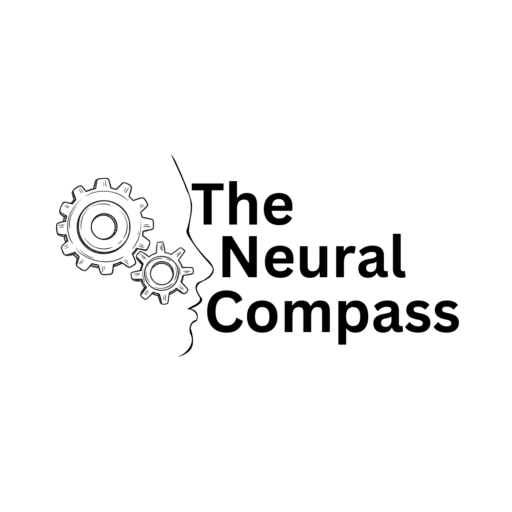What Is Federated Learning: Federated Learning’s Path to Privacy-First AI
Federated Learning, a big shift in AI, has introduced a method very different from traditional, centralized machine learning. Federated Learning is a decentralized way to train machine learning models to achieve greater privacy, speed, and global collaboration. With federated learning, data need not leave its origin. This approach is designed to overcome key challenges for the AI community, including data privacy, security, and access rights. It decentralizes data analysis. This keeps sensitive data on the user’s device. It makes AI safer and more accessible for widespread use.
The Core Concept of Federated Learning
At its core, Federated Learning is about learning from decentralized data. Unlike conventional methods, which collect and process data in a central location, federated learning lets the data stay where it is generated. This could be a smartphone, a hospital server, or a vehicle.
This method involves sending the model to the data source. It trains the model there. Then, it only sends the model updates or gradients back to a central server. These updates are aggregated to improve the global model, which is then sent back to all participants for further training.
This process uses the power of many devices or servers. Each adds to the model’s smarts without exposing their raw data. It’s a powerful solution to privacy concerns in traditional data science. It offers a way to get insights from data while respecting user privacy and data sovereignty and alive to the ethical concerns in artificial intelligence.
How Federated Learning Works
Federated Learning’s mechanics hinge on a cycle. It has many steps. They ensure continuous learning and model improvement. This happens without compromising data privacy. The cycle typically follows these phases:
1. Initialization: A global model is initialized on a central server. This model serves as the starting point for the learning process.
2. Local Training: The model is then sent to participating devices (clients). They train it locally using their data. This step is crucial. It lets the model learn from a diverse set of data points. It does this without needing the data to leave its original location.
3. Model Updates Aggregation: After training, each device computes an update to the model (e.g., gradients or model parameters). It then sends these updates back to the central server. Importantly, only these updates are transmitted, not the data itself, ensuring privacy.
4. Global Model Update: The central server aggregates these updates from all participating devices to improve the global model. Techniques such as Federated Averaging (FedAvg) are often used to combine these updates effectively.
5. Model Redistribution: The updated global model is then sent back to the participating devices, marking the start of a new cycle. This process continues until the model reaches an optimal accuracy or meets the set performance criteria.
This workflow shows a harmonious blend of local autonomy and global collaboration. It lets models use widespread data without infringing on privacy.
Benefits of Federated Learning
This decentralized approach to machine learning offers several compelling advantages over traditional centralized learning approaches:
- Enhanced Privacy and Security: Federated learning allows data to stay on local devices. It only shares model updates. This greatly cuts the risk of data breaches and ensures compliance with strict data privacy rules.
- Efficient Use of Bandwidth: Transmitting only model updates instead of raw data is bandwidth-efficient. This is particularly beneficial in scenarios where network connectivity is limited or costly.
- Real-World Data Utilization: Federated learning lets models learn from data where it is found. This leads to more accurate and strong AI systems. They reflect real-world diversity and complexity.
Challenges and Limitations
Despite its advantages, federated learning faces several challenges:
- Communication Overhead: Updates must be sent between the server and many devices. This can create a lot of communication overhead, especially in large-scale setups.
- Data Heterogeneity: The data is diverse and uneven across devices. This can make it hard to train models well. It could lead to biased or weak models.
- Scalability: Managing the learning process across thousands or millions of devices is hard. It presents logistical and technical challenges. Meeting them requires sophisticated orchestration and resource management.
- Privacy Concerns: Federated learning enhances privacy by design. But, it does not fully remove the risk of data leakage. Keeping shared model updates from revealing sensitive information remains a concern.
Applications of Federated Learning
Federated learning is finding applications across various sectors:
- Healthcare: Hospitals and medical institutions can work together to improve diagnostic models. They can do this without sharing patient data, enhancing privacy and data protection.
- Finance: Banks and financial institutions can use this approach to detect fraud and make better services. They can also use it to protect customer data.
- Mobile Computing: Smartphone makers and app developers use federated learning to improve user experience. This applies to everything from keyboard prediction to app personalization. And all without compromising user privacy.
Future Prospects
Federated Learning is at the forefront of a new era in AI. It offers a path to more ethical, privacy-conscious, and efficient machine learning models. As this technology matures and overcomes its current limitations, its applications will grow. This is the first step towards a more inclusive and secure AI future.

